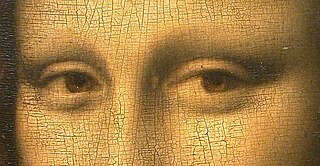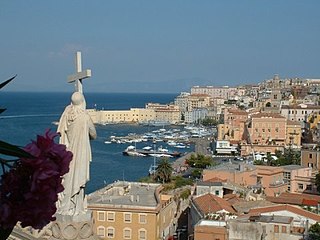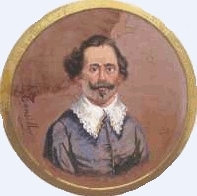
1626 (MDCXXVI) was a common year starting on Thursday of the Gregorian calendar and a common year starting on Sunday of the Julian calendar, the 1626th year of the Common Era (CE) and Anno Domini (AD) designations, the 626th year of the 2nd millennium, the 26th year of the 17th century, and the 7th year of the 1620s decade. As of the start of 1626, the Gregorian calendar was 10 days ahead of the Julian calendar, which remained in localized use until 1923.

Year 1503 (MDIII) was a common year starting on Sunday of the Julian calendar.

Year 1036 (MXXXVI) was a leap year starting on Thursday of the Julian calendar.

Year 1548 (MDXLVIII) was a leap year starting on Sunday of the Julian calendar.

Francis II was King of the Two Sicilies from 1859 to 1861. He was the last King of the Two Sicilies, as successive invasions by Giuseppe Garibaldi and Victor Emmanuel II of Sardinia ultimately brought an end to his rule, as part of Italian unification. After he was deposed, the Kingdom of the Two Sicilies and the Kingdom of Sardinia were merged into the newly formed Kingdom of Italy.

Gaeta is a city and comune in the province of Latina, in Lazio, central Italy. Set on a promontory stretching towards the Gulf of Gaeta, it is 120 kilometres from Rome and 80 km (50 mi) from Naples.

The Archdiocese of Gaeta is a Roman Catholic ecclesiastical territory in southern Italy, with its episcopal see in the city of Gaeta, in the Lazio region. The diocese is suffragan of the Diocese of Rome.
Francesco Gaeta was an Italian poet.
Francesco Patrizi of Siena (1413–1494) was an Italian political writer, humanist and bishop.

Giovanni Gaeta was the real name of the Italian poet, writer and musician better known as E. A. Mario. He took the E of his assumed name from the initial letter of the pseudonym Ermes under which he wrote for the newspaper Il Ventesimo; the A came from Alessandro, the paper's chief editor; and Mario was the name of its Polish director.

The Italian Roman Catholic Diocese of Cerignola-Ascoli Satriano in Apulia, has existed under this name since 1986. Its bishop is a suffragan of the Archbishop of Foggia-Bovino. Historically the Diocese of Ascoli Satriano was a suffragan of the Archdiocese of Benevento, and changed its name to Diocese of Ascoli Satriano e Cerignola in 1819.
The Italian Catholic diocese of Castellammare di Stabia, on the Bay of Naples, existed until 1986. In that year it became part of the archdiocese of Sorrento-Castellammare di Stabia.

Luigi Tansillo (1510–1568) was an Italian poet of the Petrarchian school. Born in Venosa, he entered the service of Pedro Álvarez de Toledo in 1536 and in 1540 entered the Accademia degli Umidi, soon renamed Accademia Fiorentina.
The Diocese of Bitetto was a Roman Catholic diocese in Italy, located in the town of Bitetto in the province of Bari, Apulia, Italy. In 1818, it was suppressed to the Diocese of Termoli.
The Diocese of Cephalonia and Zakynthos was Roman Catholic diocese located on the Ionian Island of Cephalonia. It was suppressed in 1919.
Prospero Bottini was a Roman Catholic prelate who served as Titular Archbishop of Myra (1675–1712).
Muzio Gaeta (1663–1728) was a Roman Catholic prelate who served as Archbishop of Bari-Canosa (1698–1728) and Titular Patriarch of Jerusalem (1708–1728).
Tommaso de Sarria, O.P. was a Roman Catholic prelate who served as Archbishop of Taranto (1665–1682) and Archbishop of Trani (1656–1665).
Francesco Gaeta or Francesco Caieta was a Roman Catholic prelate who served as Bishop of Bitetto (1655–1669).
Giacomo Theodoli or Giacomo Teodolo (1594–1643) was a Roman Catholic prelate who served as Archbishop of Forli (1635–1665) and Archbishop of Amalfi (1625–1635).
This page is based on this
Wikipedia article Text is available under the
CC BY-SA 4.0 license; additional terms may apply.
Images, videos and audio are available under their respective licenses.









